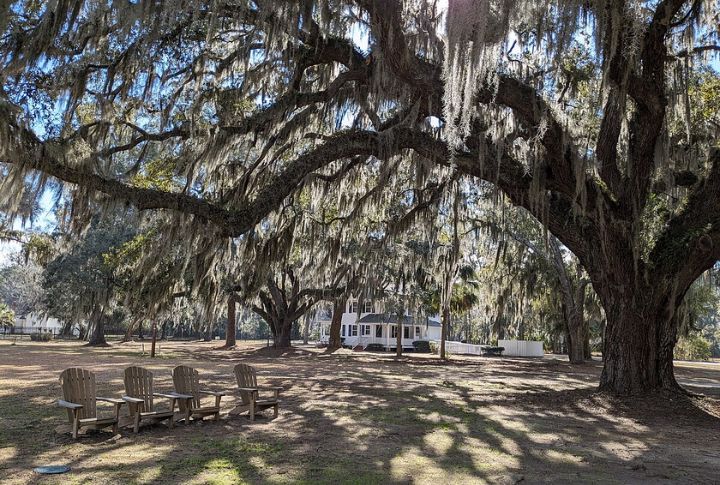
History does not always announce itself. Sometimes, it whispers through a worn brick wall or an unmarked grave. Along backroads and city streets alike, powerful moments in Black American history remain quietly present. This article brings you ten such places, each holding a part of that enduring story.
Fort Monroe
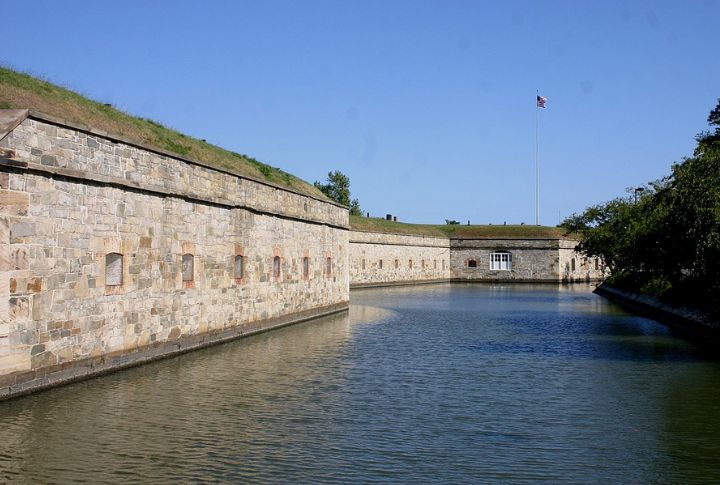
Few locations in American history capture both the beginning of slavery and a path to liberation quite like this Virginia stronghold. Enslaved individuals fleeing Confederate territories found refuge here during the Civil War. By 1861, over 10,000 sought freedom behind its Union-guarded walls—a quiet revolution by the water’s edge.
Nicodemus
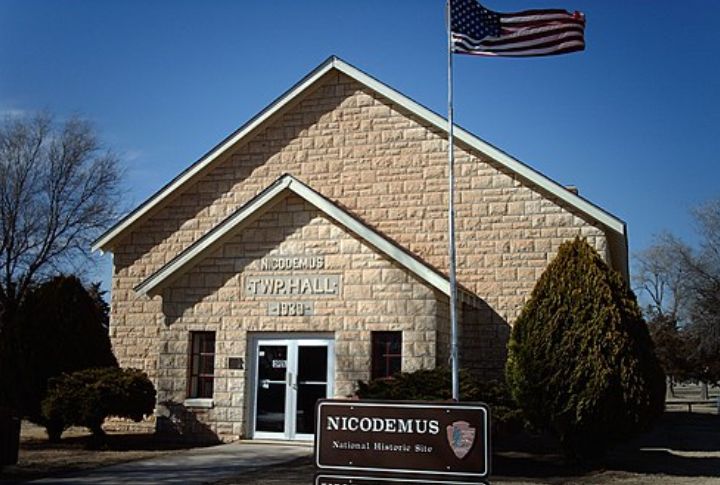
Amid the Kansas plains, a post-Reconstruction dream took shape in 1877 as formerly enslaved families established a town built on self-governance. Could a frontier community thrive without outside support? Nicodemus proved it possible. Today, only the original structures and proud descendants remain to share its enduring legacy.
Africatown
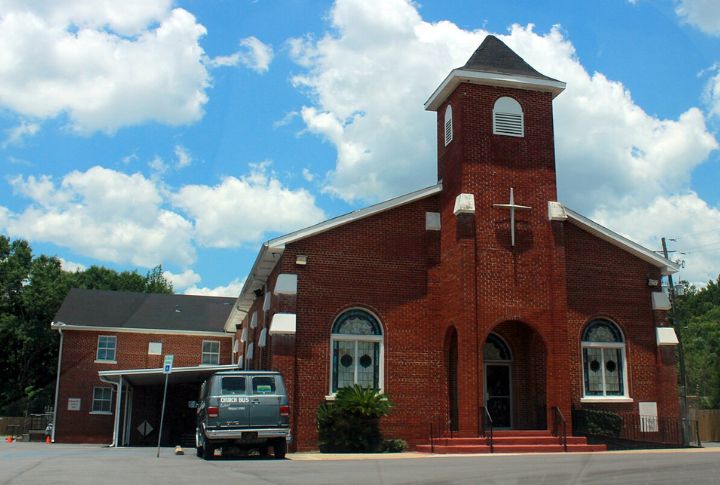
What happens when the last illegal slave ship’s survivors build a community from nothing? In Alabama, Clotilda’s captives formed Africatown and preserved African traditions for generations. The 2019 shipwreck discovery renewed public interest, but the stories of resilience have echoed across Mobile County for over 160 years.
Igbo Landing

No chains could quiet the conviction of the Igbo captives who drowned together in 1803 rather than accept enslavement in Georgia. Their collective sacrifice endures in African American oral traditions. Spirituals and folklore still whisper the tale of those who walked into the water and reclaimed control.
Penn Center
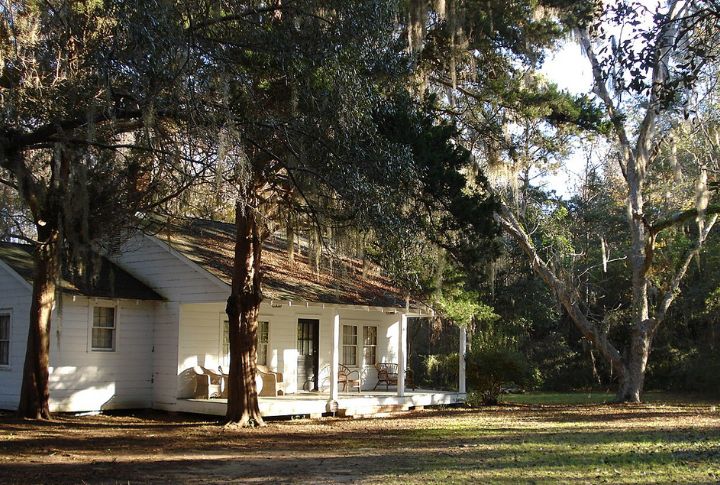
In 1862, on St. Helena Island, a small school began opening new futures long before most Southern Black children had access to classrooms. The Penn Center shaped leaders through education. Long after its founding, Dr. Martin Luther King Jr. penned speeches here, near the same buildings where freedpeople once learned to read by lantern light.
Contrabands And Freedmen Cemetery
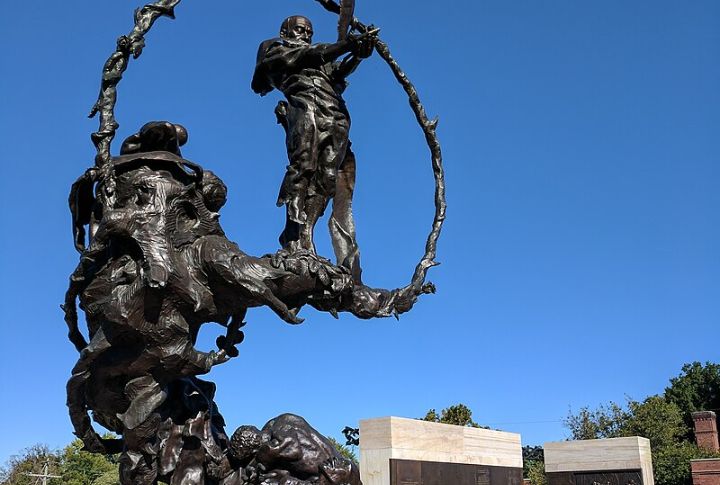
Between 1864 and 1869, over 1,700 African Americans escaping enslavement were buried near Union hospitals in Alexandria, Virginia. Their names faded for decades beneath roadways and buildings. A rediscovered past now stands marked by carved granite, and this reminds visitors that every life lost carried a story worth remembering.
Mount Gilboa Chapel
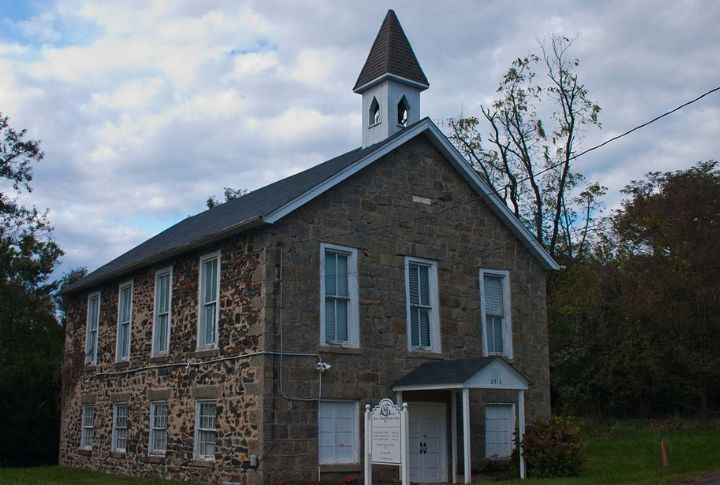
In 1859, free Black families near Baltimore laid each stone of this chapel beside Benjamin Banneker’s grave. Inside, math, astronomy, and faith are intertwined under the vaulted roof. Even now, Mount Gilboa holds a rare harmony, blending science and sanctuary with timeless grace.
Bethel AME Church
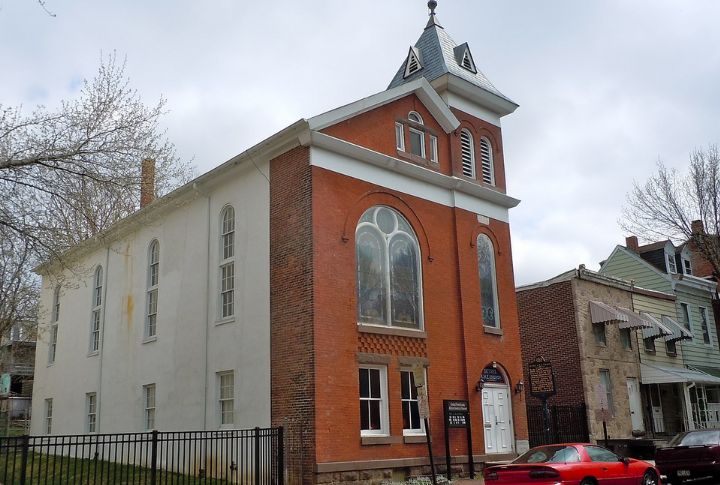
Constructed in 1837, Bethel AME Church in Reading, Pennsylvania, served as a strategic haven along the Underground Railroad. The congregation actively protected enslaved individuals fleeing north. Today, the church operates as the Central Pennsylvania African American Museum, showcasing documents and items that highlight this pivotal resistance network.
Pear Orchard Cemetery
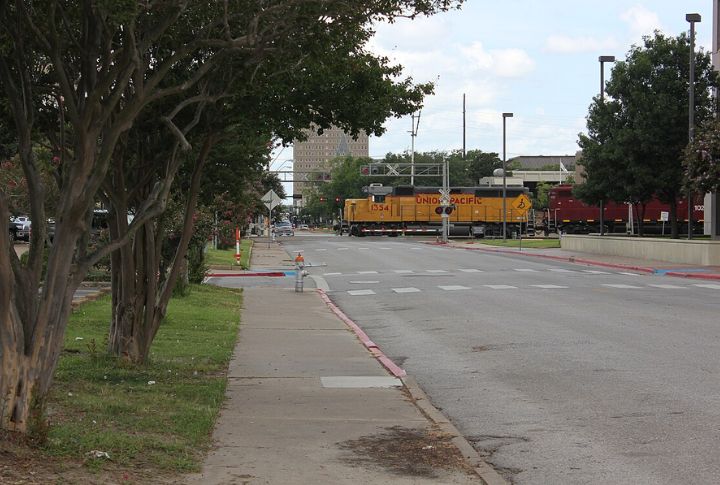
You might pass it without a second glance, yet Pear Orchard Cemetery in Beaumont holds the stories of more than 470 Black Texans—teachers, soldiers, and community leaders—stretching back to the 1870s. They helped shape life after Emancipation. Its long-overdue designation as an official Historic Texas Cemetery honors their legacy.
Oklahoma’s Historic Black Towns
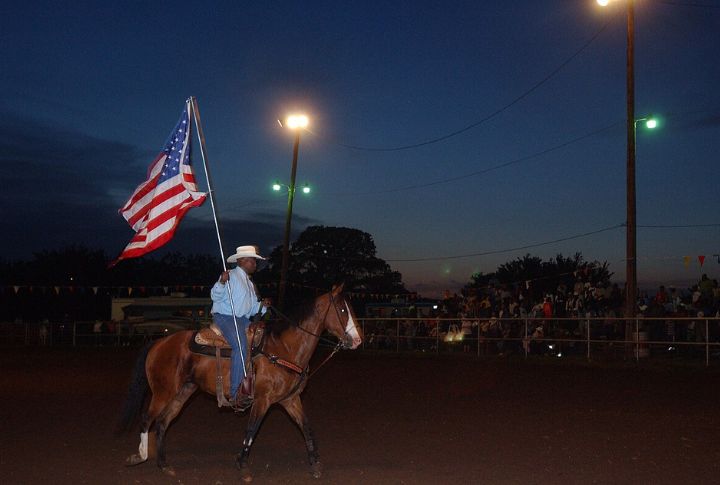
How many realize that Black excellence once formed entire municipalities from hope and hard work alone? Boley, Rentiesville, and Langston stand as rare survivors of over 50 all-Black towns once thriving across Oklahoma. After the Civil War, freedmen built communities where commerce and culture flourished.
